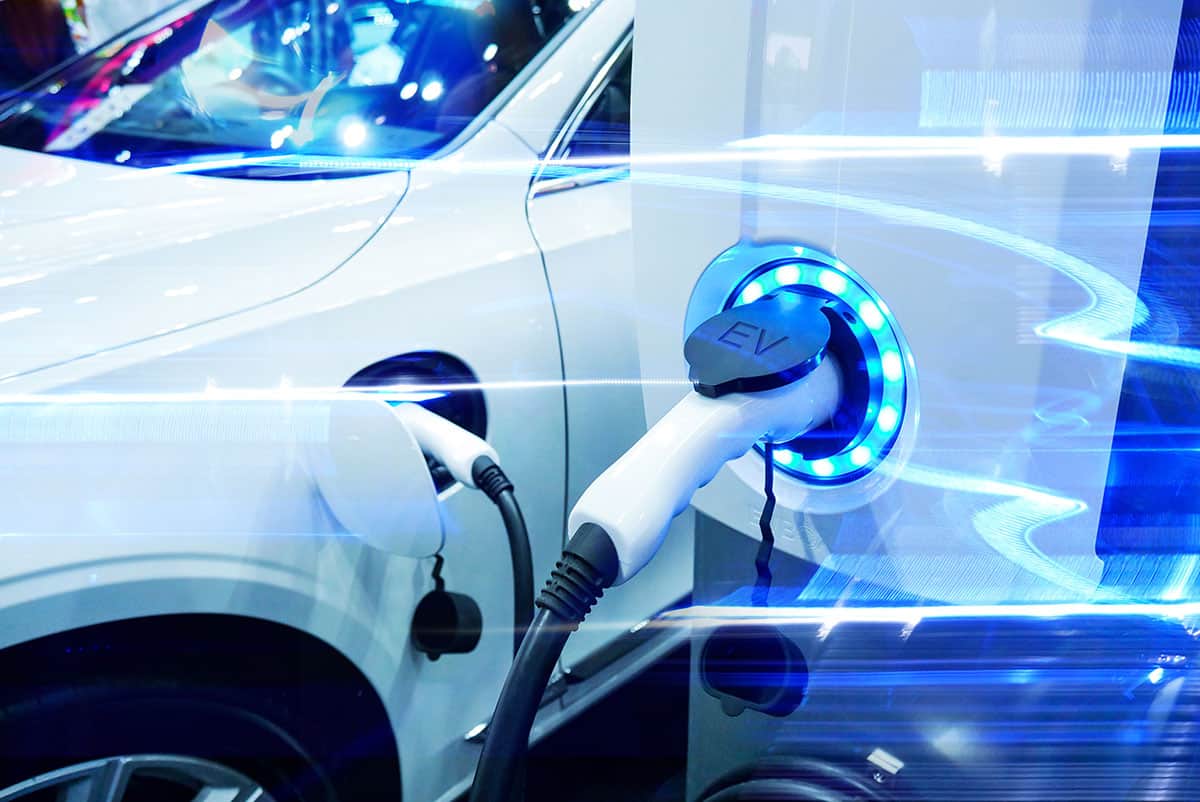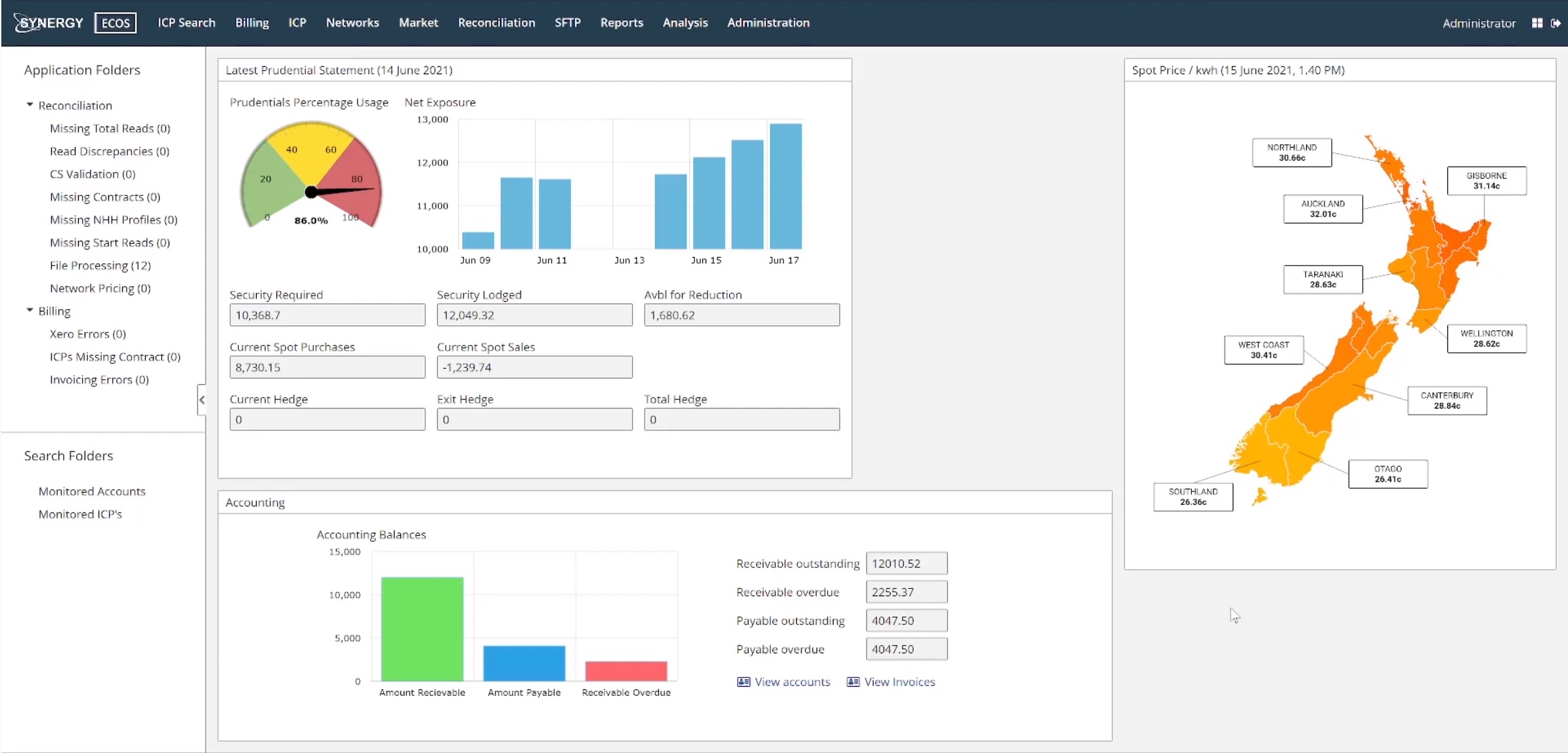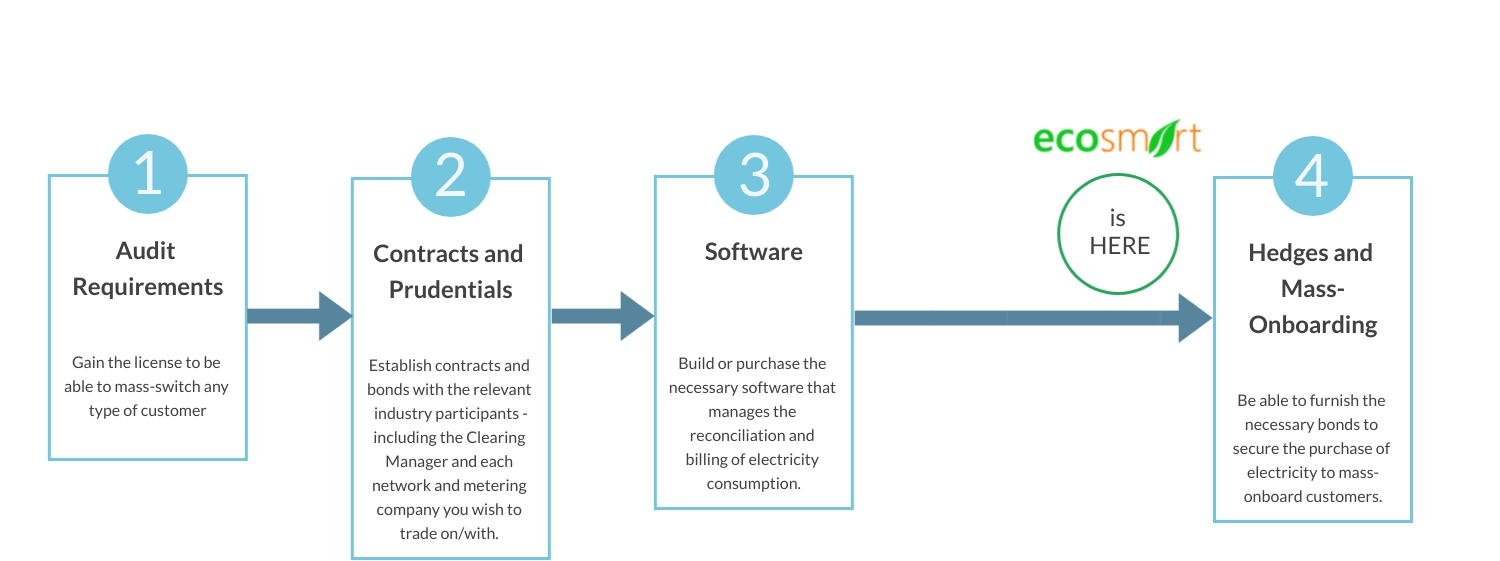Purchase or Investment Opportunity
Introduction to Ecosmart
 The future is clearly electricity and innovation within that sector. Everything will go electric including vehicles – planes, cars, boats and furthermore, the government intends to make fossil fuels a thing of the past through the electric vehicles programme and the electric vehicles subsidy.
The future is clearly electricity and innovation within that sector. Everything will go electric including vehicles – planes, cars, boats and furthermore, the government intends to make fossil fuels a thing of the past through the electric vehicles programme and the electric vehicles subsidy.
Indeed, the future is looking very bright for a company such as Ecosmart with a purpose of making our customers as efficient and self-sustained as possible. And they will need to be! I am rather concerned as to how we expect to cope with such an increase in demand without our electricity prices becoming commensurate to the cost of fuel!
…
Ecosmart was incorporated in October 2016.
It is a Type 1 unrestricted electricity retailer. It has undergone all audit requirements to gain Type 1 classification without restriction - meaning we have no restriction on who we can sign into us as their electricity retailer i.e., we can switch any residential, commercial, or industrial electricity consumer within the New Zealand electricity market into us.
We are offering multiple options for sale or other:
- An outright sale as a turn-key electricity retailer and solar installation / energy innovation company. With or without management software – full IP or part shares.
- A part sale with the director retaining a role within the company primarily as the head software developer within it.
- Part sale of shares for investors / directors to come aboard.
Whats great about this company is that the electricity retail aspect of it does not require personnel to be physically located in an office - a perfect business with our current worldwide epidemic (Covid-19). It has an extensive management software that is accessable from anywhere with an internet connection.
Introducing the Director
My name is Daryn Leaity. I am a registered electrical inspector and software engineer.

I built all the software(s) that manages Ecosmart. To fund myself to build the company and software I have brought in one investor, installed solar and, more recently, been contracting as a software developer.
The software requirements for a retailer are extensive and it has taken me considerable time to develop (about six years). My main interest in going forward is in the maintenance and development of software.
Reason for Sale or Investment
I have been building this company up to the point where it is ready to mass-onboard customers. This point has now been achieved.
Now that the company is at this point it is an asset ready for the next stage.
This next stage requires a significant quantity of capital investment in which I am unable to furnish. It also requires a team. So, the plan is to sell it complete as a turn-key electricity retail asset or bring in other investors / directors to help take it to the next level.
The Process of Becoming a Retailer
Herein I will give a brief outline of the requirements to becoming a retailer – what Ecosmart has undergone to attain accreditation.
As mentioned Ecosmart is a Type 1 retailer.
Type 1: Retailers that source electricity from the wholesale electricity market by purchasing through the Clearing Manager and supply that electricity to consumers.
I will include some useful links here of information that anyone looking at entering the electricity market should know and understand:
- Ron Beatty’s guide (The Electricity Authority) – “How to be a retailer”. DOWNLOAD LINK
This is an extensive guide covering in-depth the electricity market and the steps one must undergo to become an electricity retailer.
I will interject, summarize, or add to the above, the things I consider the most formidable hurdles in becoming (and persisting as) a retailer. These could also be considered the main stages in becoming a retailer:
- Audit Requirements
- Prudential Security
- Software and Validation
- Hedges and Marketing for Mass-Onboarding

Audit Requirements
You should get enough of a grasp of the requirements of becoming a retailer by a thorough read through the “How to be a retailer” document. You are then audited on a lot of this material to have your training wheels removed so to speak. That is, you will be restricted as to how many and what type of ICP’s (e.g. customers) you can switch for the first year or two until you satisfactorily meet and have passed the audit requirements. This process would usually take 1-2 years.
Generally, new participants entering the market will contract a consultant / consultancy firm to guide them through the process of becoming a retailer, it is however rather complex, time consuming and expensive.
Prudential Security
As a retailer, for all intents and purposes, you can consider yourself a bank. You are basically giving your customers a loan to consume electricity. You need to guarantee your customer’s purchases of electricity and services (electricity, network and metering) to the industry as bonds called prudentials. You need to guarantee your customers purchases for approximately 55 days in advance. This fact alone is where Ecosmart is currently restricted to expand our customer base i.e. we do not have the capital to supply the necessary bonds to expand our customer base.
Software:
The other major hurdle in becoming a retailer is the software requirements. A retailer realistically should be willing to invest a considerable sum (millions) to have a decent system developed and maintained to manage the billing and reconciliation of their electricity consumption (for any decent sized customer base anyway). Unless they are a developer themselves and are willing to invest their time into building all the necessary software (as I have).
Currently the software can do the following:
- Handle the switching of ICP's.
- Communicate bi-directionally with the various electricity market software. e.g
The Electricity Registry.
The Reconciliation Manager.
The Wholesale Information System Manager (WITS).
The various metering companies and metering file formats
to name a few... - Generate and submit all reconciliation and EIEP data to the Clearing Manager, Networks etc (this is the data you send so they know what to bill you).
- Manage and bill customers via any methodology you can envision. e.g. we could even bill them based on the current price of BitCoin if we so desired (without the need to modify any source code of the software). Here is a demo of doing just that: Power of Plans Video
A more practical example might be implementing broadband services to your customers. - There is a customer portal app where the customers can log in and see their usage, spend, balances, invoices etc. It is a "progressive web application" that can be installed on any device - computer, phone etc.
The app is a type of software where the customers own computer does the hard work (rendering etc). This is different to a normal website (that does everything) in that the billing/reconciliation server only furnishes data, whereas the customers own computer processes it and renders the web application. This is highly desirable to minimise the load on our servers. - It has a bi-directional sync with Xero accounting software. Other accounting software could also be integrated.
- Has extensive reporting functionality and custom reports can be created (in the frontend) in pretty much any format you would like (charts, excel, word, html, PDF, etc etc) from any dataset, combination of datasets or entity(s) within the system. The reports can be scheduled to go out.
- All-important files are backed up to remote Amazon Cloud storage buckets.
- Would not be limited as to how many customers it can cater for.
- All entities and services can be exposed via RESTful web services. This means all aspects of the software can securely communicate bi-directionally with other software. For example, this is how customers can log into their app to see their accounts. Other apps such as CRM’s, accounting software, or other can be easily connected.
- Is a SaaS Cloud Application which can be expanded (balance loaded) and split across multiple servers. Different aspects of the software can also be split onto different servers (e.g. the REST services, core processes, website etc can be split across servers).
The software is an all-in-one, one of a kind, complete system that does pretty much everything you would need as an electricity retailer.
Here I give a demonstration of some of the functionality of the software including:
- Prudentials, spot price and accounting overview
- Switching
- Setting up customer contracts
- Creating plans
- Adding network pricing
- Running the reconciliation and billing. I do an actual reconciliation and billing run in the video.
- Creating SFTP connections to get files (e.g. meter reads). File processing.
- Creating custom reports. Setting a custom report as a scheduled email.
- Some analysis
- A bit of fun showcasing the connectivity – via the customer app and having another 3rd party app connect to it to get data.
Plan Demonstration
As a bit of a joke, I said we could charge the customer the current price of BitCoin if we wanted. So I decided to use that as a good example to showcase the power and flexibility of creating plans within the software.
I am offering Ecosmart for sale and/or investment with various options to the IP of the software. These options include an outright purchase of the IP of the software, or a subscription to the software as a service through another company.
Software is the biggest expense and hurdle to becoming a retailer and due to the complex nature of it I figure that in order to sell the company, or bring in investors, I would either need to remain involved with Ecosmart as the lead developer or offer the software back to it as a service (so I can maintain it).
Hedges and Marketing for Mass-Onboarding
This is the current stage Ecosmart is at.
The game now is to increase the customer base to a point where we can secure good hedges and attain and increase profitability. This is a bit tricky to accomplish and many retailers fail (I go into my resolution for this a bit later).
I alone do not have the facility to secure the necessary bonds/hedges for the mass-onboarding of customers. Hence, I either need to sell it as an asset or bring in investors.
A Case in Point.
I have recently been in contact with another budding retailer. I was advised that they have so far spent around $150k in consultant fees for the “Audit Requirements” step above.
Now they are faced with the Prudentials and Software steps.
They are also losing multiple thousands of dollars per month because they are buying from the spot market while offering their customers fixed rate billing plans - they do not have any hedges in place. (Ecosmart does not face this problem for reasons which I will go into below).
Note: Spot market, hedging and other terms are described in the “How to be a retailer” document. Greg Size from EnergyLink also has a great site with information about hedging electricity and spot price forecasts https://www.energylink.co.nz/.
Summary
I have detailed the above information because you may have wondered why there are only a relative handful of Electricity Retailers in New Zealand. Hopefully, it explains it – it is a difficult market to get headway in. It is a bit of a “many try, few succeed” scenario.
I have also tried as concisely and accurately as possible delineate the processes and hurdles involved in becoming a retailer and to give an estimate of the worth of Ecosmart as a turn-key retailer asset. Unless you are a rather switched-on developer, it is going to cost you significantly more money and time to set up your own ‘retailership’ than to buy outright or into this one.
Sources of Income, Profitability and the Future
The two main sources of income have been the supply and installation of solar PV equipment, and the retailing of electricity.
Solar and Energy
There is a large increasing demand for solar in New Zealand. You can see the statistics in the EMI dashboard here: https://www.emi.ea.govt.nz/Retail/Dashboards/5YPBXT?_si=db|5YPBXT,v|0
Solar is a rather profitable venture. I have managed to fund myself while building this company and software by only doing a handful of installations per year. We also have a lot of international contacts to import solar equipment direct to make the solar aspect of the company significantly more competitive and profitable.
However, there is great opportunity in this sector for Ecosmart. Including, without divulging sensitive detail:
- Supplying solar to customers and having them pay it off through their electricity bills.
- Installing solar farms and selling the electricity on the spot market. Or connecting existing solar farms or other generators to the market via Ecosmart’s billing system.
- Controlling installations. e.g. store energy while the sun is shining and sell it when the spot price is high.
- Automating homes/premises based on electricity prices. You may like to charge your car when the spot price is low and sell your electricity when it is high. I postulate this will become increasingly valuable in the future.
We are unique in that we can expose any aspect of the software (entities, services, reports etc) to our customers based on permissions. Looking into the future this will be very desirable to a generation plant or large-scale customer who wishes to connect their own software services and pull data directly. We also have the facility to create customisations within the software for a customer (e.g. they may want a personalised report that they can download).
Electricity Retail
We only have a handful of customers (37 at present). Most of them have solar. I have not been trying to increase the customer base or profitability. I just needed a base number of different ICP’s to be able to develop the software and get the company ready for mass onboarding (as it is now).
We currently only offer spot-market billing plans (one of the few retailers that do). It is actually a great way to enter the market in my opinion. As mentioned before, I have been in contact with another retailer who is losing multiple thousands per month because they are offering their customers fixed rates while buying their electricity via the spot market without a hedge in place. For instance, the spot price is currently around 30+ cents on average per unit and they are basing their plans off of a purchase price of around 10c. Another retailer was just “dismembered” because the spot prices have spiked. We do not have this liability. We still make a profit from each customer no matter what the spot market is doing as we pass on the spot prices to the customers directly (they bear the risk). But because most of them are solar, they are getting great returns from their exported, surplus electricity and wish to stay on board by that reason.
This all, however, requires some very savvy software as each customer will have:
- 48x meter readings per day per meter channel. 1440 reads per channel per month. Solar customers have at least two channels. A customer with solar and a control relay (e.g. controlled hot water) will have about 4320 reads per month.
- The spot price changes every thirty minutes and varies by location. There are 248x locations so that is 248x different spot prices every 30 minutes!
- Multiple charges per 30-minute period (our charge, network charge, price of electricity (spot price) etc
- Many networks vary their price depending on the day type (e.g. weekday, weekend, holiday) and also the time of the day.
- Our spot market type plan has 5x separate charges for the electricity usage alone. Therefore for a customer with 3x meter channels this equates to over 21,600 calculations per invoice.
- Needs to be able to estimate and generate missing readings.
This all equates to thousands, or tens of thousands, of calculations per ICP (customer) per month all with varying prices every 30 minutes. Fortunately, the software does this quick (about 1/3 of a second per ICP for a month’s billing cycle). This is exceptional considering we are billing highly complex spot market plans. This would be significantly faster with generic, fixed rate plans like most other retailers have. Furthermore, the billing cycle can also be split into multiple computing threads (to generate multiple invoices simultaneously) and also onto multiple servers. It can expand with growth.
So, if a computer can utilise 10x threads for the invoicing simultaneously. That would be roughly 30x invoices per second per computer (2.5 million per day). Hence the software is not restricted as to how many customers it can cater for. I know another retailer has recently had to spend a significant amount switching software because their initial one (which probably cost them millions in the first place) could not handle 10000 odd ICP’s.
Of our 37 customers, for our most recent billing periods. (I will update this as time goes on).
|
Billing Period |
|
Total of charges from the industry incl GST: |
Total value of invoices sent for the month incl GST: |
Gross Profit incl GST |
||
|
May 2021 |
|
Metering Charges |
411.97 |
|||
|
Network Charges |
2444.98 |
|||||
|
Electricity Charges |
5854.45 |
|||||
|
Totals May 2021 |
|
8711.40 |
10430.70 |
$1719.30 (16.48%) |
||
|
June 2021 |
Metering Charges | 448.09 | ||||
| Network Charges | 2474.85 | |||||
| Electricity Charges | 6649.19 | |||||
| Totals June 2021 | 9572.13 | 11270.72 | $1698.59 (15.07%) |
|||
To produce those figures requires approximately 2-hours of my time per month.
The reconciliation and billing probably takes about 30 minutes. Technically this doesn't really have to take any time as I could turn on schedulers (automations) to do it for me if I wanted. I just have a penchant for doing it manually...
The remaining 1 1/2 hours of my time is spend reconciling transactions (which I do from my cellphone in the Xero app) and inserting and paying bills. The time required for the bills aspect is by far the largest, but fortunately, does not increase with an increased customer base (as we usually only get one invoice per month per e.g. network or metering company).
So I could quite comfortably handle 1000's of customers on my own per month with the software. Not that I would want to - reconciling transactions and inserting bills of that magnitude would be a bit too mundane for my liking. Alas! By extrapolating the above figures, one could assume it likely I'd afford at least one tyro to do it for me.
Interest on Bonds
As a bit of a side note. The relevant entities are required to pay interest on cash bonds. The electricity is at the bank rate and the networks (from memory) were around 15%.
The Future
These are some exciting times for the electricity industry. The future is electric cars, self-sustainability, and electricity systems where the customer can take full control of their usage and spend. That is what Ecosmart is all about.
To expand the company from here, a suggested route would be:
Electricity Retail:
- The website is in dire need of an overhaul. Once your marketing strategies are designed the webpage should be updated to suit. Unfortunately, I have not had time to get this done – the other software has occupied all my time.
One thing I will interject is that the API calls are existing so that the website can connect to the backend for the automatic onboarding of customers (they will be able to sign up from a website).
Part of this is in development currently. i.e. when a customer signs up via the website fully cusomisable automations and tasks can be triggered. e.g. a welcome email sent to the customer then tasks created for the onboarding team to do such things as customer verfication, credit checks etc.
I could build the website if I were to remain as a shareholder/employee of the company, or, if preferred supply a quote to get it done. Otherwise, I can give advice to other developer(s) on how to go about tapping into the automatic onboarding mechanisms/services of the billing/reconciliation backend software. - Integrate direct debit billing. The software is capable of processing this however the bank agreements are not yet in place. It will require a lot of programming and testing before going live (once the direct debit authority is instantiated with a bank).
- Target solar customers with spot market billing to build up a customer base of say 1000x ICP’s. I have created a database of all the solar installations in the country. I do not consider it worthwhile to target non-solar customers for the spot-market at present (prices are too volatile). The other benefit of having solar customers/genrators is that it reduces our prudential bond requirement - although winter can be a bit of a shock.
- Secure hedges and target large commercial/industrial companies to establish a constant yet large and predictable revenue stream.
- Continue to innovate, generate good will, and expand the customer base.
- Target fixed-rate type customers (once the hedges are in place). Probably this step will involve mass social, TV, radio, and other campaigns once the automatic onboarding via the website is tried and tested and a reasonable long-term hedge is in place. Would also be dependent on the size of the hedge and/or our own generation capacity.
Once it gets up to around 500-1000 customers, I feel would be an excellent time to start getting hedges in place. Currently we are only charging about 2-5c per unit of electricity that passes through our software. Now, in the last billing run our customers were buying/selling their electricity on the spot market for around 30-35c per unit. With a hedge in place, of say 10c per unit, we would have increased our profit margin from 2-5c to around 20c per unit of imported electricity when the prices spike like this. This would however entail prudent market analysis.
Solar:
- Offer customers a no upfront costs installation where they can pay their solar off from their electricity savings. We already have many customers who pay nothing (on a year-round basis) for their electricity. We actually pay them. With the bank rate as it is currently, there has never been a better time to install solar. It works out much much cheaper to gain an asset than to throw the money away on a power bill.
If I came up to you and said "Sir / Madam, I would like to install solar onto your house. You will pay less than you are paying right now for your electricity and the value of your house will increase because you will gain an asset". Would you do it? - One can assume that government incentives will arrive in the future for a person to install solar as has happened with many other countries. Especially considering something will have to be done to cope with the imminent increased electricity demand (electric vehicles etc). Why the government has decided to subsidise electric vehicles prior to solar is idiotic to me.
- Integrate the customers’ premises into the Ecosmart app so they can take full control of their power consumption and flow (partly done already). e.g. Automations within the customers own premises to divert their power (to their batteries, car, spa, the spot-market) depending on the electricity price.
Gentailer:
- The ideal situation in the future, would be to invest profits and/or acquire investors to build our own generation plants and sell our own generated electricity. I have some future ideas and plans along this line which I will not divulge here.
Options for Sale and/or Investment
As stated at the outset of this document, we have a few options to consider:
- An outright sale as a turn-key electricity retailer and solar installation / energy innovation company. With or without software – full IP or part shares.
- A part sale with the director retaining a role and shares within the company primarily as the head software developer within it.
- Part sale of shares for investors / directors to come aboard.
I do not have the capacity to furnish the necessary bonds to expand the company. Furthermore, the amount of work required going forward is too great to do alone.
The company needs a team and investor capital to take it to the next level. So, I am very interested in hearing from any person(s) who are interested in either coming aboard in a manager-director-investor type role but also those who wish to just invest capital. Probably we will need a combination of them both to "take on the big boys".
I am seeking offers or tenders by interested parties for the various options detailed above.
My main passion (as you can probably guess) is in the development of software and the automation of processes. My role going forward, should I remain onboard, would preferably be primarily in this area.
As I am very busy at present, I would greatly appreciate it if you could fill in the following form to express your interest as opposed to getting in contact via other methods initially.
Please be as detailed as possible so I can get a good grasp of your intentions.
I look forward to hearing from you.






